In the first of a series of blogs that shines a light onto different aspects of the coffee value chain, algrano talks to a mill owner and women’s estate in Nicaragua about how technology is putting power back into the hands of producers in their effort to access the specialty coffee market.
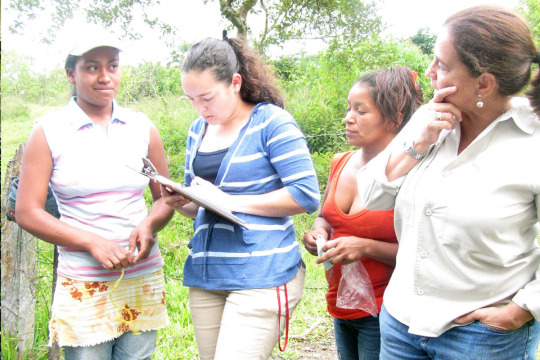
Technology-driven transparency at the mill
Nicaragua is a highly-regarded coffee producing country that enjoys huge farming potential and has recently undergone a step change in the mechanization of its agricultural sector. Already, the results of this public and private investment has helped to increase quality, while at the same time reducing the cost of production of its highly sought-after specialty coffee.
Aided by the advance of technology, one area that has seen a revolution in its production potential is the dry milling process. At this critical juncture in the value chain is the final stage of the preparation of parchment green coffee before it is sorted, graded, bagged to preserve freshness and exported. One such dry mill with a difference is using technology to push the boundaries of this highly mechanised process to increase quality and traceability.
Leinad Jesus Nazco Gonzales, General Manager of Benefico La Providencia, is responsible for its high-tech milling operation in the Matagalpa region of Nicaragua. After the coffee is de-pulped at the farm, the facility accepts the pergamino, with the coffee seed still in it’s protective layer, and will complete the sun-drying process if required by the customer.
Producer facing
“At La Providencia, it’s a very customized because we are producer-facing”, he says, “we listen to them, we always try to give the client the good service that they deserve.” From human resources, systems and quality control, budgeting and customer relations, the 35 year-old computer systems engineer supervises all aspects of the milling operation.
“The last crop we received was through a new client who did not have the capacity to process all the coffee they had. We increased our volume by almost three times. Because they needed the service we rented a coffee mill in another location so I am now in charge of two mills”.
Even with this increased demand for processing and milling for export, one of Leinad’s key responsibilities is to maintain quality and transparency throughout each stage of the process. To achieve this, La Providencia have a dedicated Q-grader in the coffee lab who identifies and classifies each sample provided by the producer for quality.
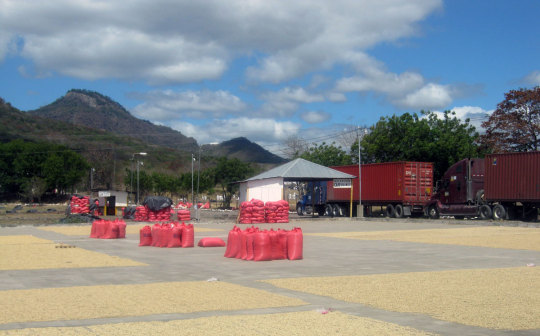
Once they receive the pergamino, the sun-drying process is started immediately on vast patio which can last more than a week until the parchment moisture content reaches a target value of between 12-13 percent. Anything higher and he runs the catastrophic risk of mold spreading in the warehouse while further drying will affect the stability of the coffee. Each lot is then tested and separated out into different grades of quality.
Processing and dry milling
Leinad says: “In our warehouse we have strict controls in order not to blend different lot qualities so that we can guarantee the integrity of the lot for the grower. Then we only mill the coffee when our farmers ask for it. Once we receive the order, we take samples to give the buyer the quality they require. The same lot could have so many different qualities and range of defects. That is why we take samples every 30 minutes when we are processing the coffee so that we can take action to guarantee that the defects are in range. When the whole lot is processed we cup another sample just to guarantee that it is correct for the buyer – we call this ‘liberacion del lote”.
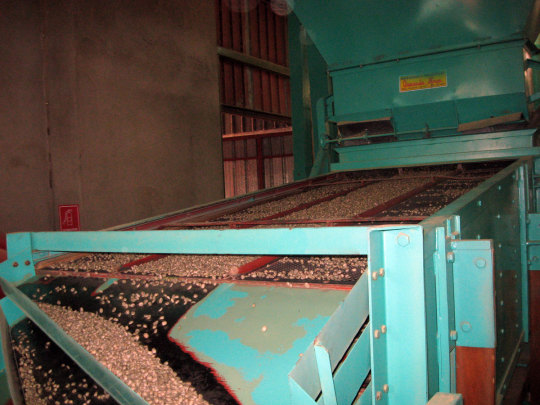
Each mill has the capacity to process nearly one quarter of a million tons of parchment to produce 4000 tons of green beans each harvest . Yet behind the astonishing high volumes involved, it is cutting-edge technology that now does a lot of the heavy lifting when it comes to hulling the coffee. Once the parchment is removed by sophisticated hullers that gently abrade the coffee, the green coffee is sorted by size, density and colour to remove the vast majority of foreign matter, chipped, broken or defective seeds.
The colour sorter uses highly sensitive cameras to analyse each individual bean as it passes through the machine at speed and rejects any bean that is outside a predetermined colour range. Before, this process was done by the keen skill of the human eye and hand. To put this into perspective, it takes eight hours to manually sort just over 200 kilos in eight hours per person. That’s no mean feat. The machine on the other hand can sort 80 quintals, or 8000 kilos per hour.
Real time reporting
But the genius of the technology deployed in the mill is the online reporting that is made available to producers at each stage of the process. Growers can access the system to track the progress of their lot with information provided on quality evaluation, defect counts, and status reports. This level of transparency allows them to make minor adjustments or changes to their own harvesting and post-harvesting practices to improve the quality of their coffee, even during peak picking season which usually occurs in December.
“We try to motivate our farmers to use the information system. We send them weekly reports with all the information about their coffee and process – so they can use it as a tool to make decisions”, adds Leinad.
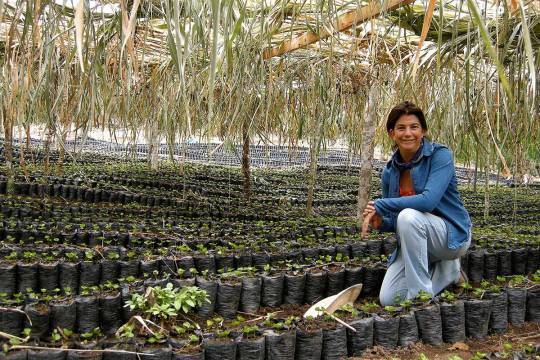
One beneficiary of this technology-driven effort to put the power back into the hands of the producer is Santa Rita, a women-owned estate based in Jinotega. Established in 1988, the UTZ and Rainforest Alliance-certified estate represents four generations of women coffee producers and relies on La Providencia to guarantee them the level of traceability demanded by their buyers. Although the 65 permanent members strong estate fully washes their specialty-grade coffee on the farm, they have been taking advantage of this level of transparency at the dry mill stage for two years.
Confidence to access specialty markets
Importantly, the processes and systems in place gives the estate the confidence they need to access specialty coffee markets around the world. This can be directly with green bean buyers or through pioneering direct trade platforms like algrano that puts producers directly in touch with coffee roasters.
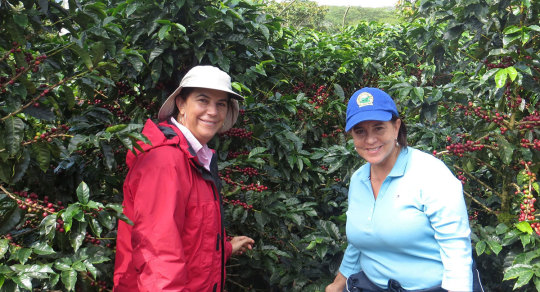
Eva Guerrero Lopez, Marketing and Sales Manager at Santa Rita, says that when the mill receives the coffee, they are sent information at each stage so they can forward plan and forecast their own sales and shipping commitments: “When the parchment is ready, they add the humidity measurements and we get a cupping score for every lot when the dry milled coffee enters the warehouse for storage. We can then sell and ship the coffee anytime between 60 or 90 days afterwards. Growers don’t always have access to what’s happening. That’s why transparency is so important because we have a person in the dry mill checking the coffee,” before adding, “at La Providencia we know it’s in good hands”.

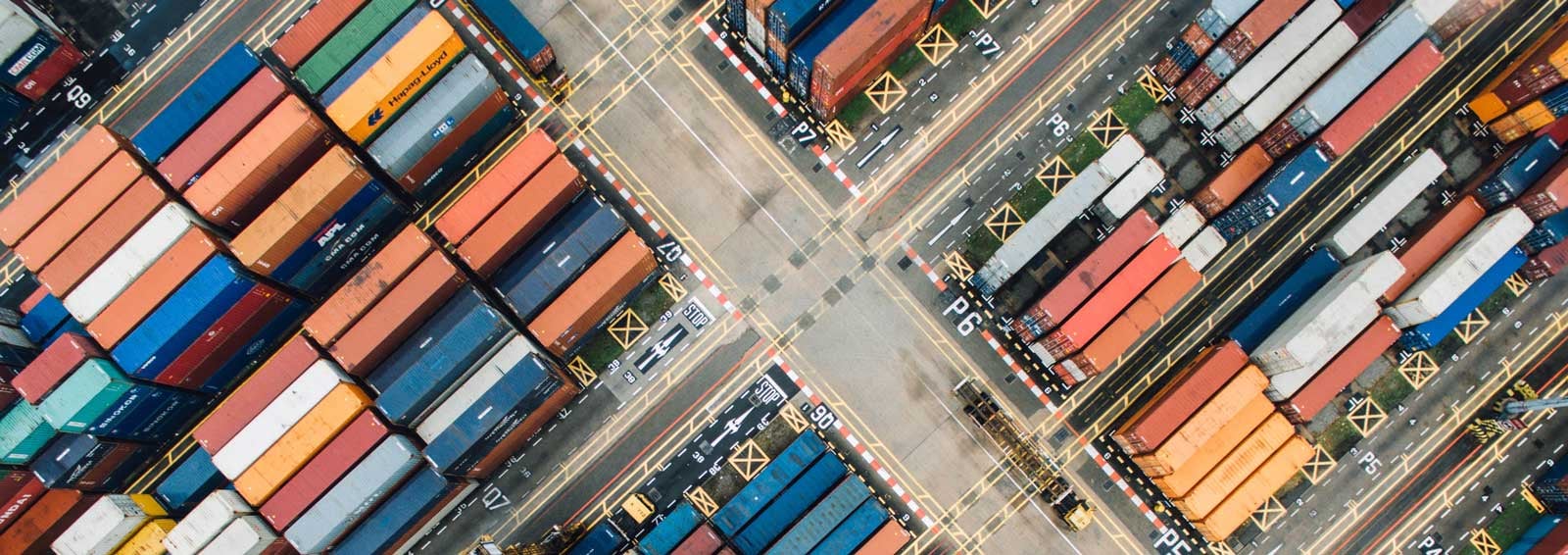


Let Us Know What You Thought about this Post.
Put your Comment Below.